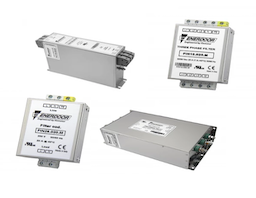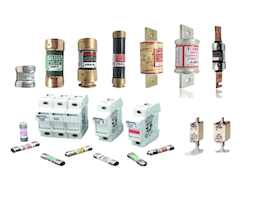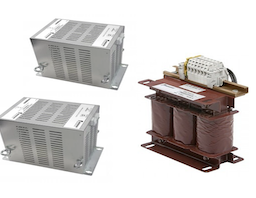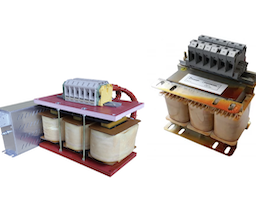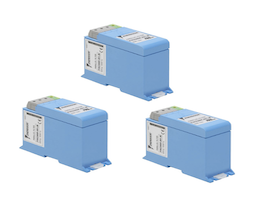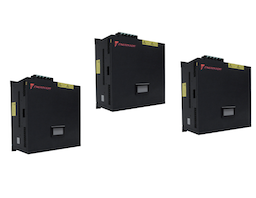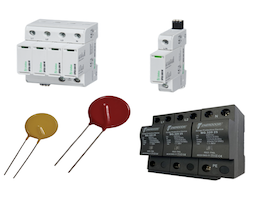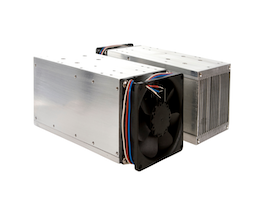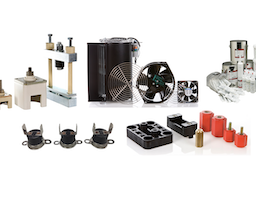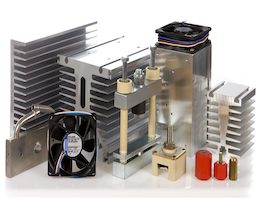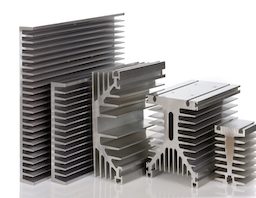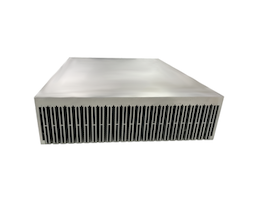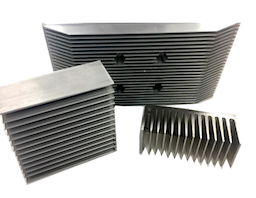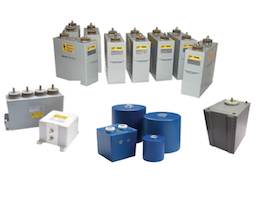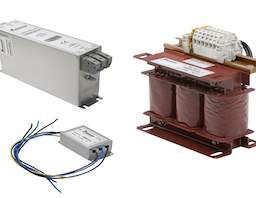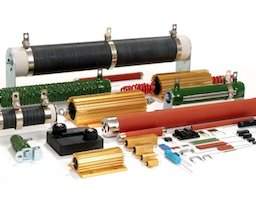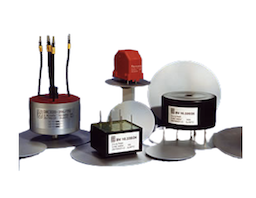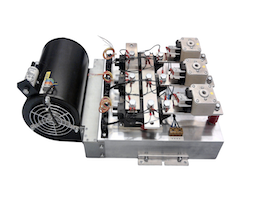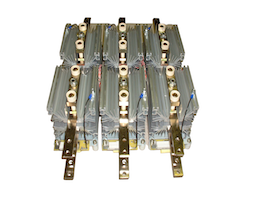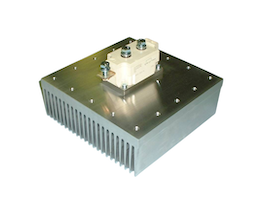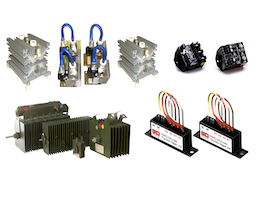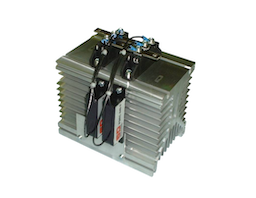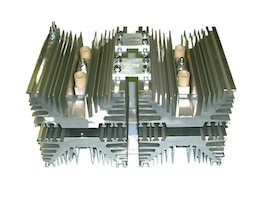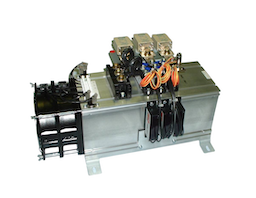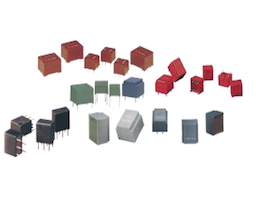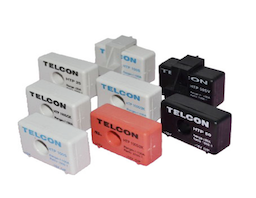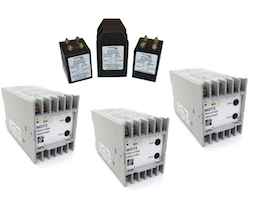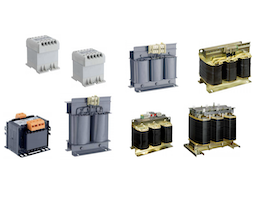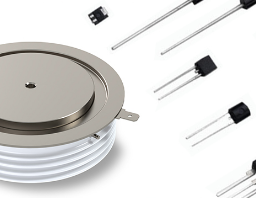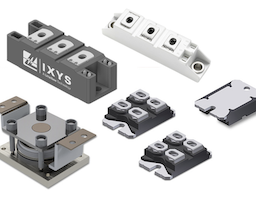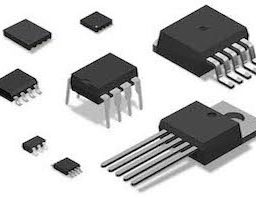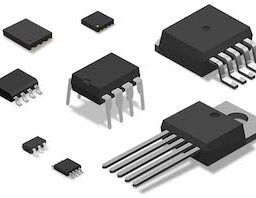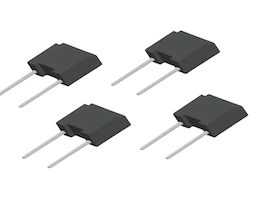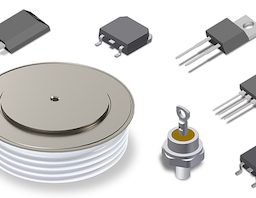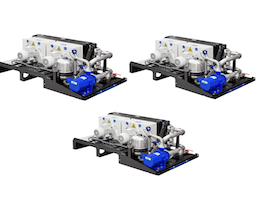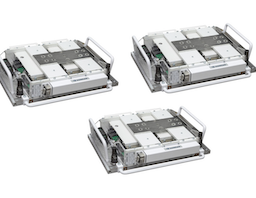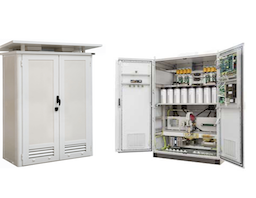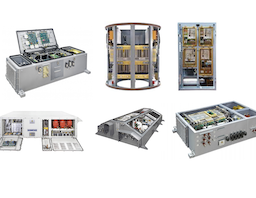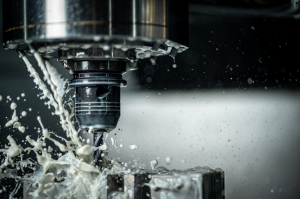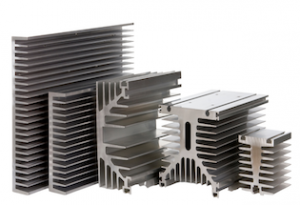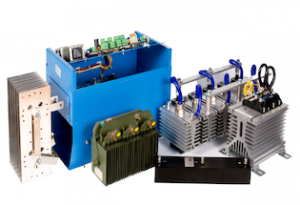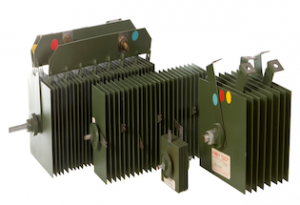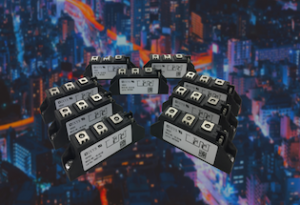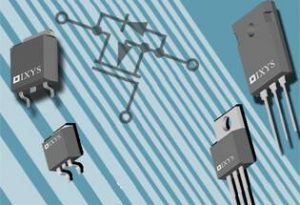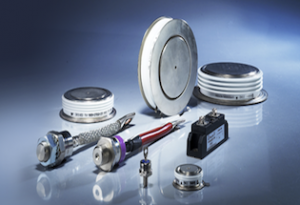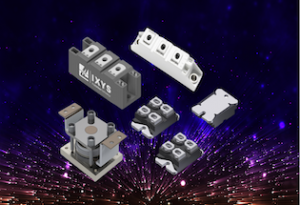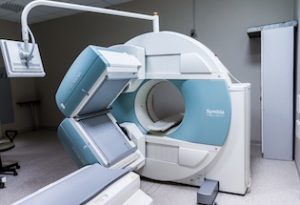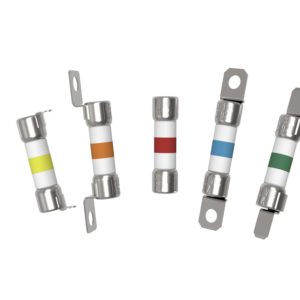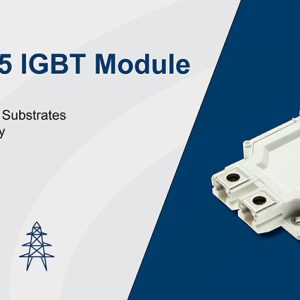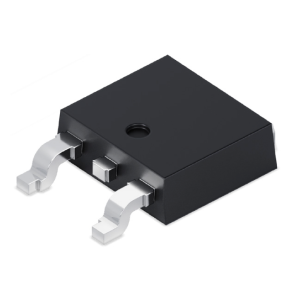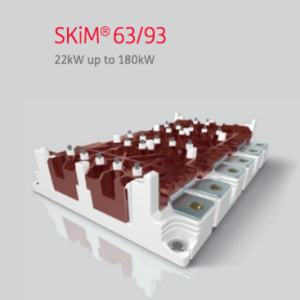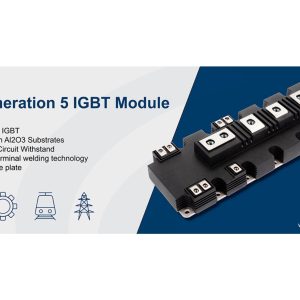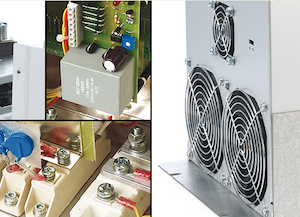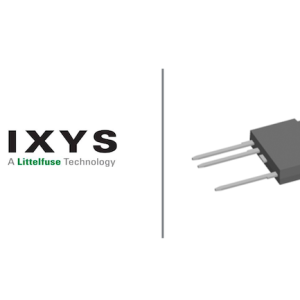10.07.2020
July 2020 – Bussmann’s Fuseology Brochure
Published on: 10/07/2020
Download Bussmann’s Fuseology Brochure to find out everything you need to know about fuses
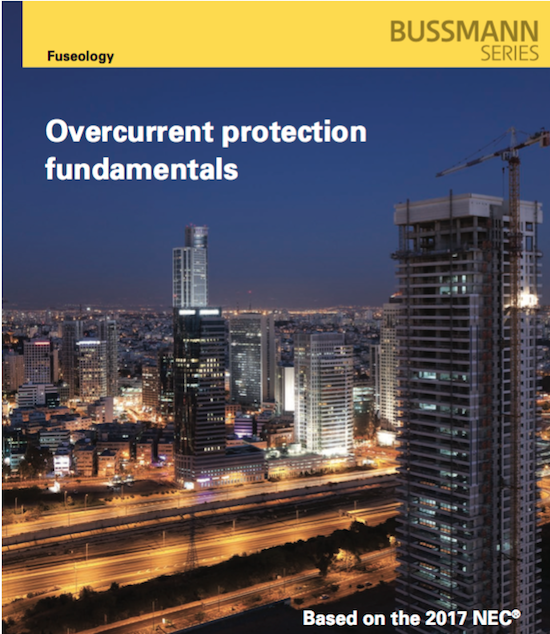
Bussmann’s Fuseology Brochure
Fuseology is the study of the fuse’s fundamental operating principles, including the ratings and operating characteristics that make the fuse an efficient overcurrent protection device (OCPD) as well as its construction that creates its unique leadership role in circuit protection.
Benefits of the modern current-limiting fuse
- With interrupting ratings up to 300kA, fuses can be installed in almost any system without fear of misapplication
- With straight voltage ratings, fuses can be installed in any system independent of its grounding as opposed to slash voltage rated devices that can only be installed on a solidly grounded Wye system
- The fuse’s interrupting rating is typically at least equal to, or in many cases greater than, the available fault current at the line terminals
- The fuse’s high interrupting rating provides flexibility should system changes, such as utility transformers or equipment relocation, increase fault current levels
Increases electrical safety
- Finger-safe protection is provided in the latest fuse technology for fuse holders and blocks, switches and power distribution fuse blocks, including the patented BussmannTM series Low-PeakTM, CUBEFuseTM and revolutionary compact Circuit Protector (CCP) disconnect switch
- With interrupting ratings up to 300kA, available fault currents exceeding these high values due to system changes is virtually eliminated
- UL class branch circuit fuses have physical rejection features that help ensure the same voltage and equal to or greater interrupting ratings are retained throughout the system’s life
- Arch flash hazards can be greatly reduced when fuses operate in their current-limiting range
Reduces risk and improved reliability
- Fuse rejection features reduce the potential to install an overcurrent protective device (OCPD) with different performance characteristics and lower interrupting ratings that can compromise the protection level
- Fuses do not vent during a fault, safely containing and extinguishing the arcing inside the fuse body. On some OCPs venting is inherent, possibly causing damage to other system components
- Factory-calibrated replacement fuses ensure the same protection level throughout the system’s life and eliminate the possible need to test and recalibrate on OCPD after a fault
- The fuse’s enclosed, sand-filled design operates on proven thermal principles that eliminate the risk something may not be properly adjusted or operate correctly under short-circuit conditions as is the case with some mechanical OCPDs
- The enclosed, fixed design eliminates the need to adjust and change device settings in the field, reducing confusion and risk of misapplication
Saves time and money
- Fuses eliminate the need for expensive, time consuming fault current studies when using 300kA interrupting rated low peak fuses
- Current-limiting fuses make achieving selective coordination easy and simple by maintaining a minimum amp ratio between upstream and downstream fuses. Using published ratio tables eliminates the need for selective coordination studies and ensures the affected circuits are isolated and prevents unnecessary power loss to upstream portions of the electrical system
- Fuses eliminate the need for additional system guards or barriers to protect them from venting because they are enclosed and feature a non-venting design
- Fuses reduce the need for OCPD maintenance as they require no additional maintenance or servicing beyond periodically checking conductors and terminations
Helps achieve high equipment short-circuit current ratings (SCCR)
- Fuses have high interrupting ratings (up to 300kA) and will not be the limiting factor in a panel SCCR
- Current limitation drastically reduces the peak let-through current to protect downstream components and help raise branch SCCRs
Reduces downtime and improved protection
- Specifying type 2 “No Damage” (versus Type 1) protection with properly sized current-limiting fuses helps eliminate the need to replace components after a fault
- Current limitation helps reduce the extreme, destructive thermal and mechanical forces associated with short-circuit events
Facilitates code compliance
- Compliance with NEC 110.9 is easily achieved with high interrupting ratings up to 300kA
- Compliance with NEC 110.10 for protecting equipment and components from extensive damage from short-circuits is easy with current-limiting fuses
- Compliance with OSHA 1910.334(b)2 is met by eliminating the invitation for an operator to reset the OCPD after a fault without first determining its cause. Resetting circuit breakers or replacing fuses without investigating and fixing the cause is prohibited by federal law
Learn more about how fuses work, the construction, ratings, performance characteristics and Bussmann’s fuse types and classes by downloading the Fusology Brochure today.
GD Rectifiers is an authorised distributor for Bussmann’s fuses, including: battery storage fuses, high speed fuses, high voltage fuses, IEC and British Standard fuses, Industrial fuses, low voltage UL and CSA branch circuit fuses, medium voltage fuses and square body fuses.
For further information on Bussmann’s fuses, please contact GD Rectifiers today on: 01444 243 452 or email: enquiries@gdrectifiers.co.uk.
